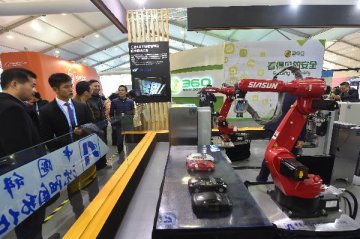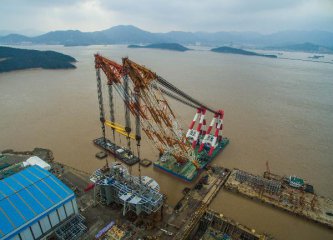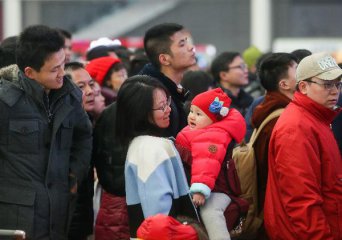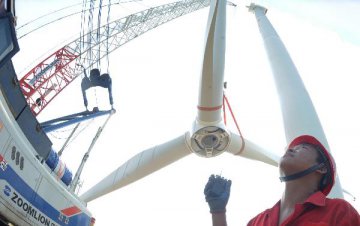
Despite the current slowdown in growth, China's economy has been showing strong resilience and great development potential, as the government still has plenty of tools at its "toolbox" to bolster economic growth.
Premier Li Keqiang said Saturday at the annual parliamentary session in Beijing that China will increase the deficit-to-GDP ratio to 3 percent this year from 2.3 percent in 2015. The moderate increase in the government deficit, which is projected primarily to cover tax and fee reductions for enterprises, is just one of the many policy tools at the government's disposal to pump up economy.
The world's second largest economy has been slightly slowing down its pace of growth recently while seeking to rebalance its economy towards better-quality, consumption-led growth from a traditional reliance on exports and investment. The slower pace of growth, which is still the envy of most major economies, has however caused jitters in global financial markets.
This week, Moody's Investors Service cut its outlook on China's government credit rating from stable to negative, citing "uncertainty about the authorities' capacity to implement reforms." The concerns and Moody's move reflect a lingering pessimism over the Chinese economy among some overseas investors and institutions, a miscalculation due to a lack of understanding and vision on China's fiscal stability.
As many economists pointed out, despite a slowdown of growth, the Chinese economy still has great potential and the government has a string of tools to support the economy, such as strategies for implementing the initiatives on the construction of the Silk Road Economic Belt and the 21st Century Maritime Silk Road (the Belt and Road Initiatives), industrial upgrading, tax cuts, stimulating investment and lowering interest rates and the reserve requirement ratio.
Among all the reasons for the economists to remain upbeat, the primary source of their confidence in China's economy comes from the fact that the country's long-term economic fundamentals have remained unchanged and there is ample room for the government to maneuver.
First of all, China is still halfway towards urbanization and industrialization, and the potential for economic expansion is vast. The new type of industrialization, IT application and agricultural modernization that is in full swing have generated strong domestic demand and great potential for future growth, and have also made the economy more resilient and adaptable.
All this, coupled with deepening structural reforms, means that China will have very promising economic prospects. The second reason for optimism is the country's stable job market. Official data showed that the country's employment remained steady in 2015 despite the economic slowdown, with the unemployment rate in China's cities standing at 4.05 percent at the end of 2015, unchanged from three months earlier.
Throughout the year, the government created 13.12 million new jobs for urban residents, exceeding the official target, and there were no large-scale layoffs though certain sectors did cut jobs. Moreover, a variety of new growth engines in recent years have been taking shape thanks to the government's reform and pro-growth measures.
New industries and businesses are emerging rapidly in China nowadays, and official figures showed that a booming service sector accounted for 50.5 percent of the country's GDP growth in 2015. Meanwhile, as traditional engines such as exports and investment lost steam, policymakers turned their attention to innovation and entrepreneurship, which have unlocked people's creativity and are becoming a powerhouse for economic growth.
China has a labor force of 900 million, and every year has over 7 million college graduates, with a growing number of them becoming entrepreneurs and joining innovation industries.
























Latest comments